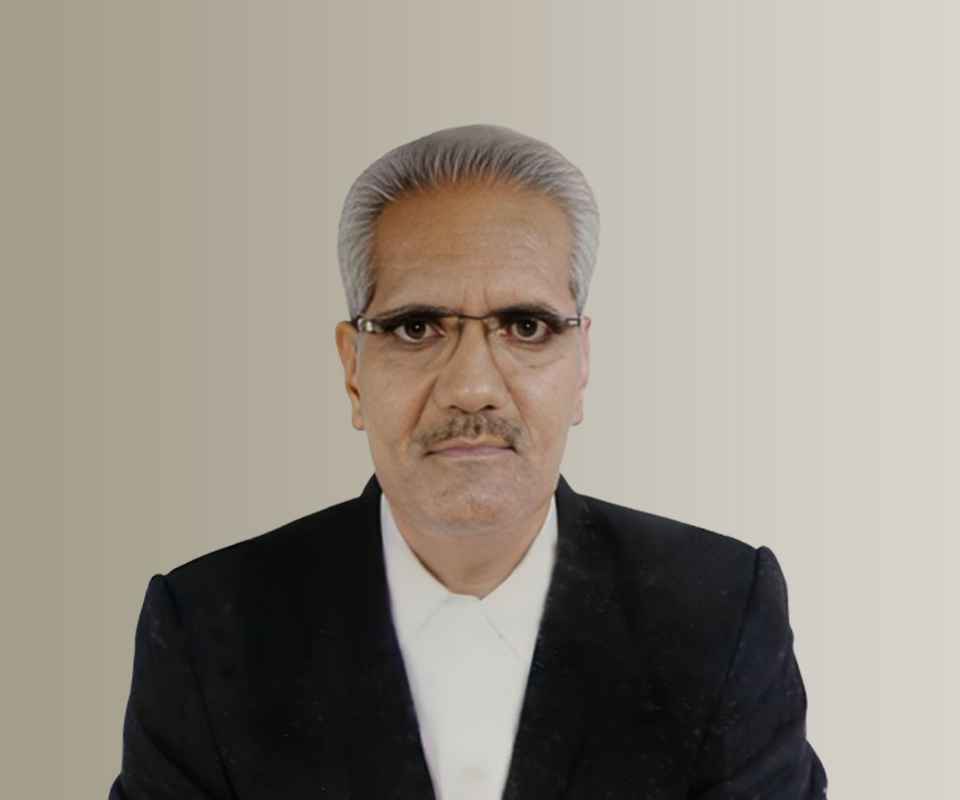Answer By law4u team
Indian Customs plays a vital role in regulating ports by overseeing the movement of goods, ensuring compliance with trade laws, collecting duties, and preventing illegal activities. Their functions are crucial for maintaining port security, facilitating international trade, and protecting the country’s economic interests.
Key Roles of Indian Customs in Port Regulation
Customs Clearance and Documentation
Customs officials verify and process import and export documents, ensuring that goods comply with legal and regulatory requirements before entering or leaving the country.
Revenue Collection
Collection of customs duties, taxes, and other levies on imported and exported goods is a primary role, contributing significantly to the government’s revenue.
Prevention of Smuggling and Illegal Trade
Customs enforces anti-smuggling laws by inspecting cargo, using intelligence and risk-based assessments to detect and prevent unlawful trade.
Cargo Inspection and Examination
Physical and non-intrusive inspection techniques (such as scanners) are used to check the contents of containers and consignments to ensure compliance with customs regulations.
Implementation of Trade Policies and Tariffs
Customs enforces government policies on trade restrictions, import-export bans, and tariff structures to regulate trade flows.
Risk Management and Security
Customs employs risk management systems to identify high-risk consignments and prevent threats like terrorism, drug trafficking, and counterfeit goods entering through ports.
Coordination with Other Agencies
Customs coordinates with port authorities, coast guard, quarantine, and other regulatory bodies to ensure integrated port management and security.
Facilitation of Legitimate Trade
Streamlining procedures and providing fast-track clearances for trusted traders through initiatives like Authorized Economic Operator (AEO) schemes help in promoting ease of doing business.
Challenges Faced by Indian Customs at Ports
Increasing volume and complexity of international trade.
Sophistication of smuggling methods and cyber threats.
Infrastructure limitations and need for modernization.
Balancing security with trade facilitation.
Recommendations for Enhancing Customs Role
Investment in technology such as blockchain and AI for better tracking and risk assessment.
Enhanced training for customs officers on emerging threats and compliance.
Strengthening inter-agency cooperation and information sharing.
Expanding trade facilitation programs to support exporters and importers.
Example
Suppose a shipment of electronic goods arrives at a major Indian port. The customs process involves:
Verification of shipping and import documents by customs officers.
Risk assessment to decide if the cargo requires detailed inspection.
Physical or scanner-based examination of containers if flagged.
Calculation and collection of applicable customs duties and taxes.
Coordination with port authorities for smooth unloading and clearance.
Release of goods to importer once all compliance is confirmed.







